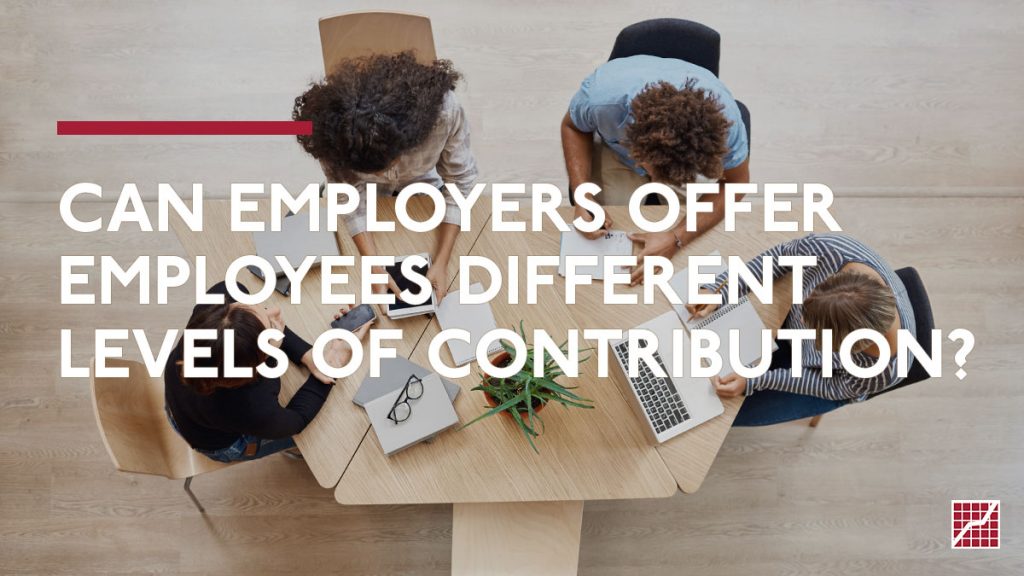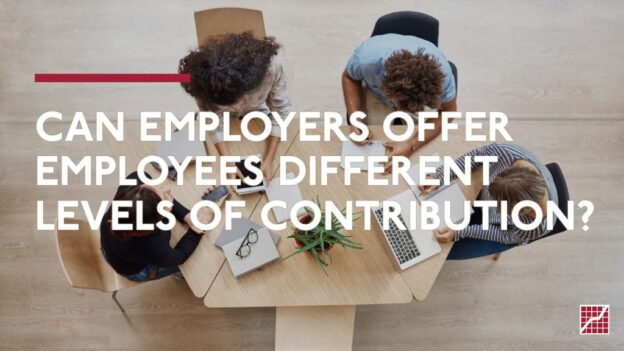
Today we want to share a hack around discrimination in employer contribution to employee benefit plans. The question we often receive is: Can you give different employees different levels of employer contribution?
The short answer is “Yes you Can.”
It’s commonly thought that employers don’t have a lot of discretion in designing and delivering health care benefits for their employees. But the reality is, there are many ways employers can enhance the delivery of their benefits by defining the class of eligibility. Thus creating legal and non-discriminatory ways to enhance employee benefits by class.
Now while it is possible, there are some complexities to setting it up because it touches on some issues regarding employment law and may not be advisable depending on workplace culture. But in general, an employer can create classes of employees and define the contributions or the offering of benefits to these select classes of employees.
Non-discriminatory ways to define an employee’s class of eligibility:
Generally employers have discretion when structuring their benefits plans and are able to make distinctions among employees and the benefits they’re offered. Plans may differ among employees only on “bona fide employment-based classifications”. A “bona fide employment-based classifications” might include: full-time versus part-time employee status; different geographic location; membership in a collective bargaining unit; date of hire or length of service; or differing occupations. Each of these can be treated as different groups of similarly situated individuals and receive different levels of employer contribution. For example, it is perfectly fine to offer three weeks of vacation to exempt employees and two weeks to nonexempt employees because the basis of the vacation benefit is their FLSA category and not any protected category.
The key is to make sure that benefits plan decisions are non-discriminatory, and that’s where we can help. We can make sure protected groups remain protected and design an employer contribution plan that delivers the best possible benefit while eliminating any unintentional discrimination that may result from these decisions.
–
With the current challenges in recruiting and retaining it’s a perfect time to revisit how you deliver, what you deliver, and make sure your benefit packages are competitive in helping you attract, retain, and reward the A players to move your business forward. Need help creating classes of employees and defining contributions? Let’s talk, shoot us an email at marketing@corpstrat.com

